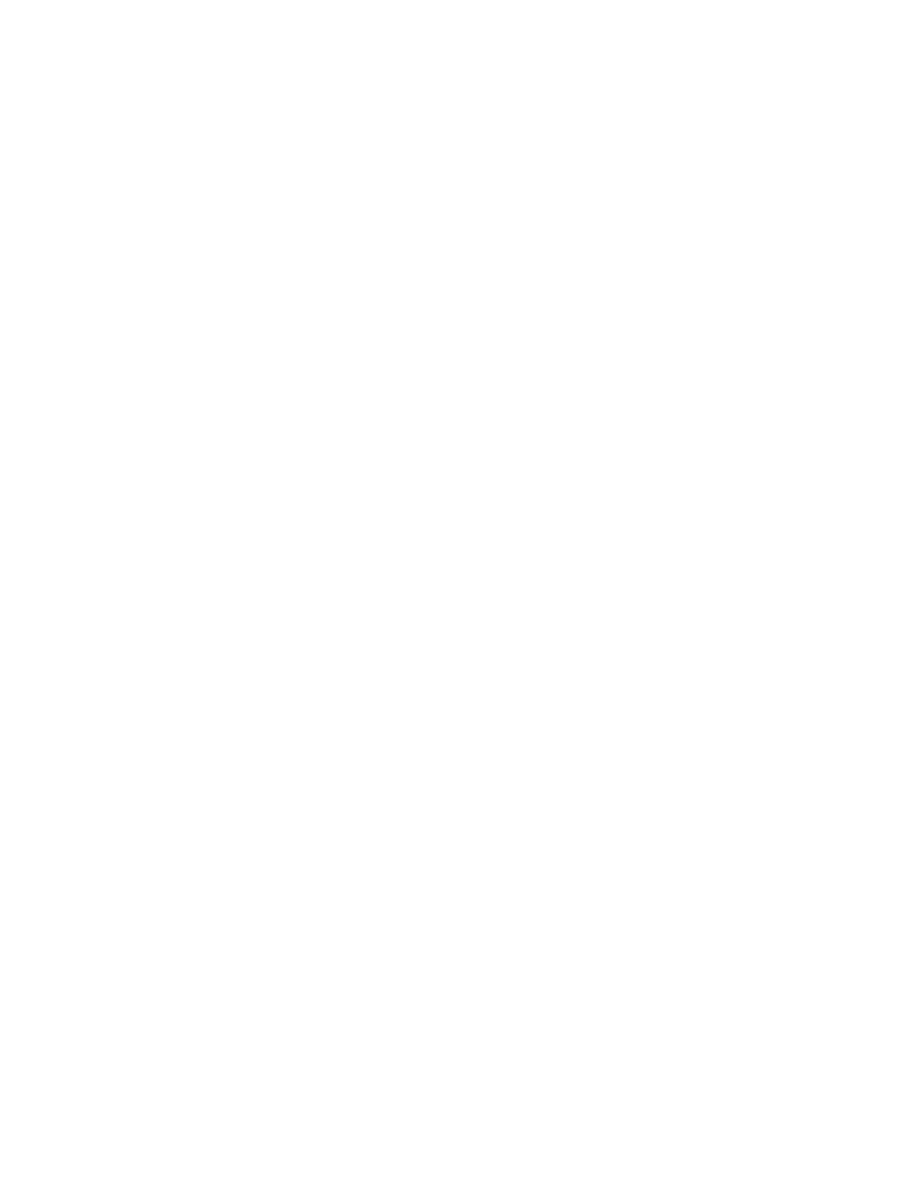Beretta L4-138 2.3L DOHC QUAD 4 (1991)

NOTE: If it is necessary to remove rust or burrs from the fuel level meter tubes: use emery cloth in a radial motion with the tube end to prevent
damage to the O-ring surface.
^ Using a clean shop towel, wipe off the male tube ends.
^ Inspect all tube ends for dirt and burrs. Clean or replace components/assemblies as required.
^ Inspect fuel line O-rings for cuts, nicks, swelling or distortion. Replace if necessary.
16.
Remove the fuel pump/level meter assembly, refer to FUEL PUMP/LEVEL METER ASSEMBLY.
17.
Remove the insulator pads, noting the location of the pads for installation.
18.
Remove the heat shield attaching clip, heat shield, and heat shield insulation.
INSTALLATION:
1.
Assemble the fuel tank heat shield insulation, heat shield and attaching clip.
2.
Install the insulator pads in the same location as noted during disassembly.
3.
Install the fuel pump/level meter assembly.
4.
With the aid of an assistant, position and support the fuel tank. Install the fuel tank retaining straps, and attaching bolts. Tighten the retaining
strap bolts to 30.0 Nm (22.0 lb.ft).
5.
Unplug the nylon fuel feed and return connecting lines.
WARNING: To reduce the risk of fire and personal injury: Before connecting the fuel lines, always apply a few drops of clean engine oil to the
male tube ends. This will assure proper reconnection and prevent a possible fuel leak. (During normal operation, the O-rings located in the
female connector will swell and may prevent proper reconnection if not lubricated).
6.
To connect the nylon fuel feed and return connecting line quick-connect fittings to the fuel pump/level meter:
a.
Apply a few drops of clean engine oil to the male connector tube ends.
b.
Push the connector together to cause the retaining tabs/fingers to snap into place.
c.
Once installed, pull on both ends of each connection to make sure the connection is secure.
d.
Repeat for the other fitting.
7.
Reconnect the vapor connecting hose.
8.
Connect the electrical connector.
9.
Install the fuel tank vent hose and clamp.
10.
Connect the filler tube and clamp.
11.
Install heat shield and attaching screws.
12.
Add fuel and install fuel filler cap.
13.
Connect the negative battery cable.
14.
Turn the ignition switch to the ON position for two seconds, then turn ti to the OFF position for ten seconds. Again turn the ignition to the ON
position and check for fuel leaks.
